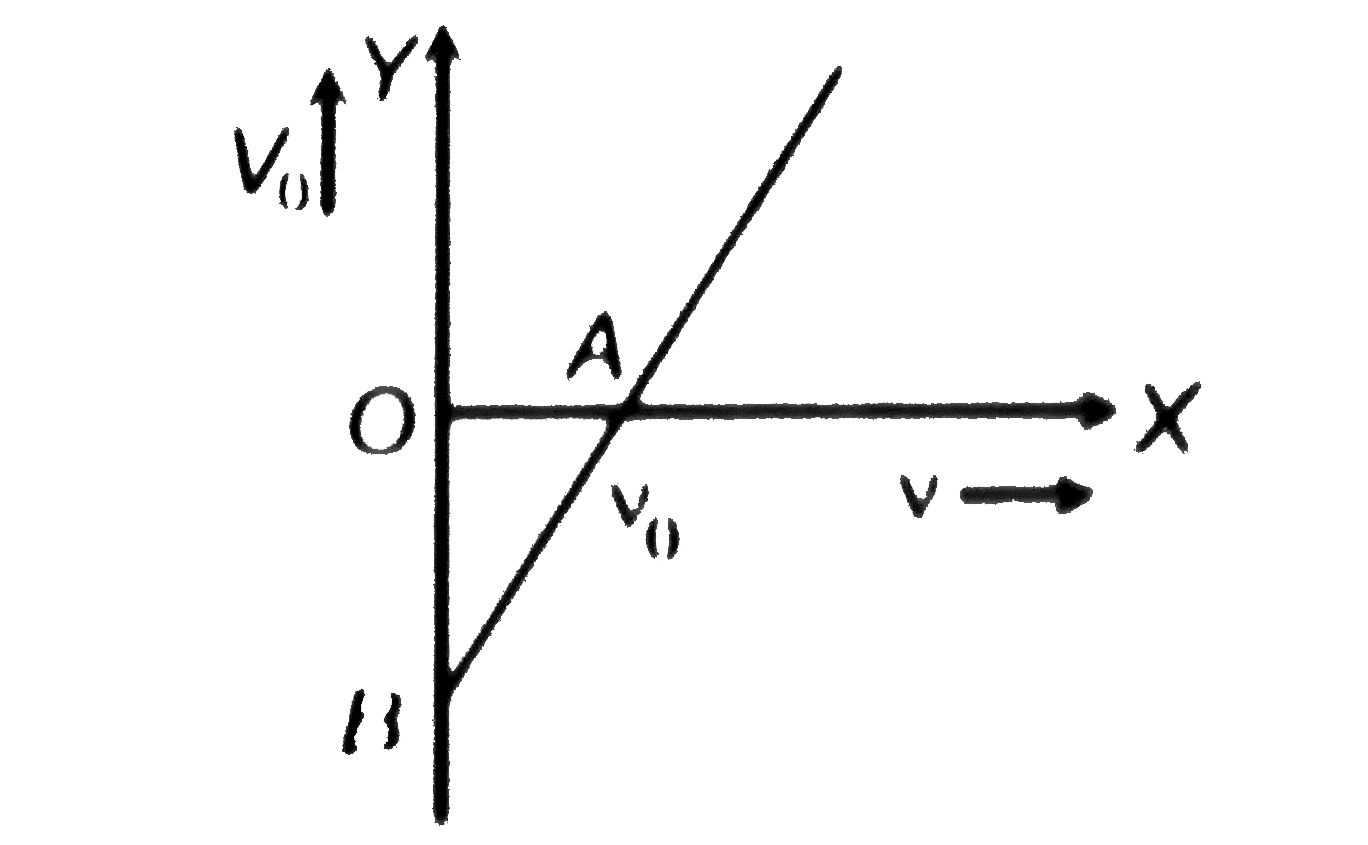Assertion: If frequency of incident light is doubled, the stopping potential will also become two times
Reason: Stopping potential is given by V0=he(v−v0)
If both Assertion and Reason are true and the Reason is correct explanation of the Assertion.
If both Assertion and Reason or true but Reason is not the correct explanation of Assertion.
If Assertion is true, but the Reason is false.
If Assertion is false but the Reason is true.
The correct Answer is:D
eV0=hv−hv0
or V0=he(V−v0)
V0=he(2V−v0)+hv0e
=2V0=hv0e>2V0
Topper's Solved these Questions
- MODERN PHYSICS - 1BOOK - DC PANDEYCHAPTER - MODERN PHYSICS - 1EXERCISE - Level 1 Objective
37 Videos
- MODERN PHYSICS - 1BOOK - DC PANDEYCHAPTER - MODERN PHYSICS - 1EXERCISE - Level 1 Subjective
40 Videos
- MODERN PHYSICS - 1BOOK - DC PANDEYCHAPTER - MODERN PHYSICS - 1EXERCISE - Exercise 33.4
8 Videos
- MODERN PHYSICSBOOK - DC PANDEYCHAPTER - MODERN PHYSICSEXERCISE - Integer Type Questions
17 Videos
- MODERN PHYSICS - 2BOOK - DC PANDEYCHAPTER - MODERN PHYSICS - 2EXERCISE - Level 2 Subjective
10 Videos
Similar Questions
If the frequency of incident light in photoelectric experiment is doubled then does the stopping potential become double or more than double, justify ?
View SolutionIn an experiment on photoelectric effect the frequency f of the incident light is plotted against the stopping potential V0. The work function of the metal is given by ( e is the electronic charge)

View Solution
Knowledge Check
The stopping potential (V0)
ADepends upon the angle of incident lightBDepends upon the intensity of incident lightCDepends upon the surface nature of the substanceDIs independent of the intensity of the incident lightThe slope of frequency of incident light and stopping potential for a given surface will be
AhBh/eCehDeIf the frequency of light in a photoelectric experiment is doubled the stopping potential will
Abe doubledBbe halvedCbecome more than doubleDbecomes less than double
In an experiment on photoelectric effect the frequency f of the incident light is plotted against the stopping potential V0. The work function of the photoelectric surface si given by ( e is the electronic charge)

View SolutionMonochromatic light of frequency f1 incident on a photocell and the stopping potential is found to be V1. What is the new stopping potential of the cell if it is radiated by monochromatic light of frequency f2?
View SolutionChoose the correct option for the graph between the frequency of incident light and the stopping potential.
View SolutionAssertion : The stopping potential depends on the frequency of incident light.
Reason : The stopping potential is related to maximum kinetic energy by eV0=Kmax.
View SolutionIn a photoelectric experiment, the graph of frequency v of incident light (in Hz) and stopping potential V (in V) is as shown in the figure. Planck's constant is (e is the elementary charge)

View Solution
